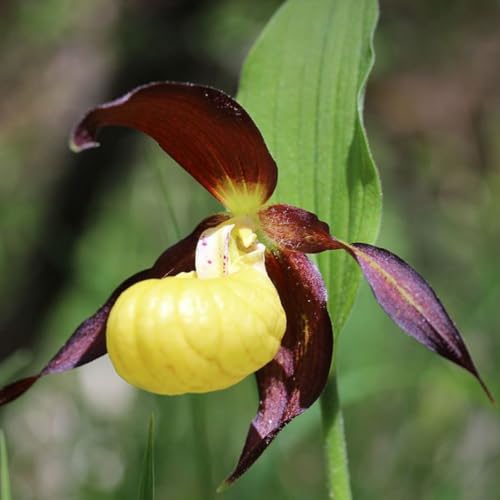But there is no colony with deformed blooms. I don't believe that, never.
Definitely there is no colony with deformed blooms... but the stress of collection and the antibiotics that are required to prevent them from getting pseudomonas after collection can make this kind of deformed blooms. It was a known problem with amoxicillin that was used to avoid Paph. praestans from rotting, and Phrag besseae. Most plants settle to normal after they make a new growth, but some Phrag. besseae never ever did, even after a decade, and the blooms are forever crippled. Let's see another blooming.












































